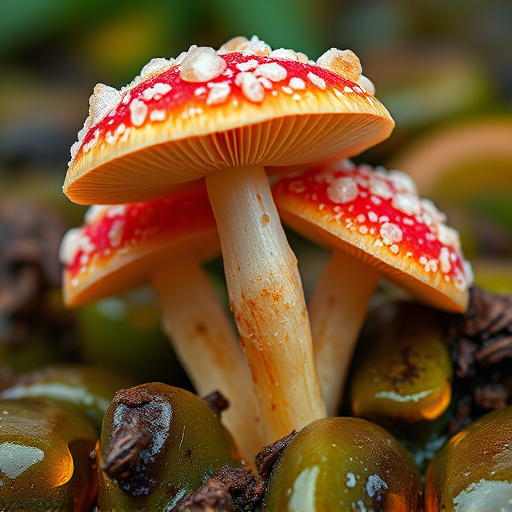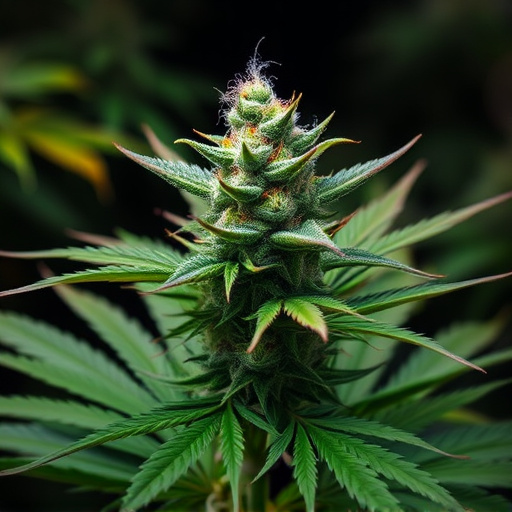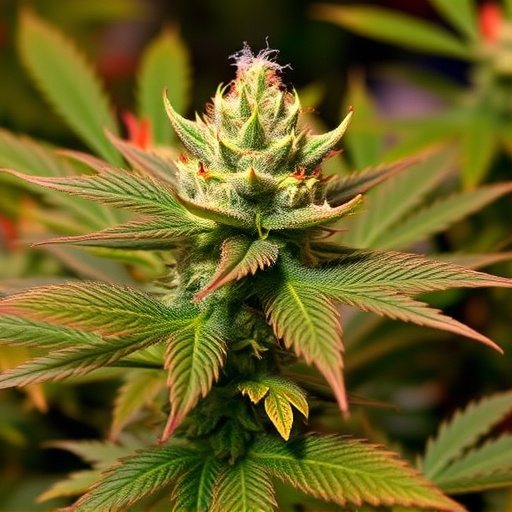Cannabis metabolism varies greatly among individuals based on health, weight, use frequency, and tolerance, affecting the duration it remains detectable in the system. Potency of the strain, consumption method (smoked, vaped, ingested), and testing method influence detection times, ranging from 3-15 days for urine tests to up to 30 days or more with blood tests, particularly for frequent users of most potent cannabis strains. Hydration, nutrition, exercise, and supplements can aid detoxification.
How long does cannabis stay in your system? This question is crucial for both casual users and those in legal or medical situations. Understanding cannabis metabolism and elimination processes is key, especially with the diverse and evolving market of pot products. Factors like strain potency—with its varying cannabinoid profiles—significantly impact detection times. Explore this comprehensive guide to navigate the timeline of cannabis clearance, empowering you to make informed decisions regarding consumption and understanding the lasting effects of even the most potent cannabis strains.
- Understanding Cannabis Metabolism and Elimination
- Factors Affecting Cannabis Detection Time
- Detoxification Methods and Timeframes for Different Strains
Understanding Cannabis Metabolism and Elimination
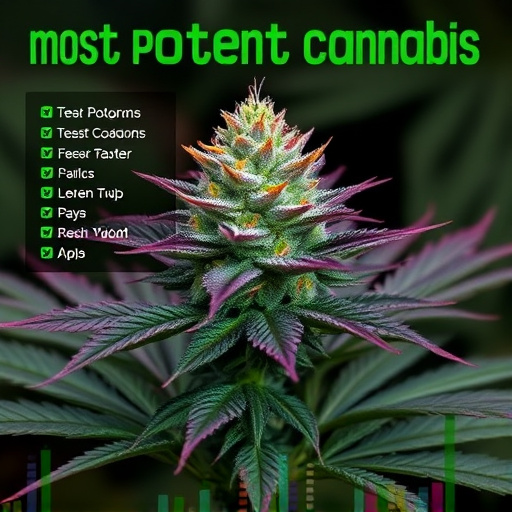
Cannabis metabolism and elimination are complex processes that vary from person to person, influenced by factors like overall health, weight, frequency of use, and individual tolerance. When consumed, cannabis compounds enter the bloodstream through absorption in the lungs (when smoked or vaped) or the digestive system (when eaten). Once in the bloodstream, these compounds travel to various organs, with the liver playing a significant role in their metabolism. The liver converts cannabis compounds into metabolites that are easier for the body to excrete. One of the most studied metabolites is 11-hydroxy-THC (11-OH-THC), which is generated from THC (tetrahydrocannabinol), the primary psychoactive compound responsible for most potent cannabis strains’ effects. This metabolite is also water-soluble, allowing it to be eliminated more quickly through urine.
The elimination half-life of THC and its metabolites varies greatly. On average, THC’s half-life is approximately 30 hours, meaning that half of the original amount of THC in your system will be cleared after this period. However, for regular users, this time can be significantly shorter due to the body becoming adapted to cannabis. The longer compounds remain in your system, the more likely they are to be detected through drug tests, which often target THC and its metabolites. Understanding these metabolic processes is crucial when considering the duration cannabis remains detectable, especially for individuals using or researching the most potent cannabis strains.
Factors Affecting Cannabis Detection Time

The detection time of cannabis in your system can vary greatly depending on several factors. One of the primary considerations is the potency of the cannabis strain, with most potent strains potentially remaining detectable for longer periods. Higher concentrations of THC (tetrahydrocannabinol), the primary psychoactive compound in cannabis, can extend the time it takes for your body to metabolize and eliminate it.
Other variables include individual metabolism, frequency of use, recent consumption, and testing method. Regular users may develop a higher tolerance, leading to quicker elimination times. The type of cannabis consumed (e.g., smoked, vaped, ingested) also plays a role in detection time. Edible forms, due to their delayed onset and varying absorption rates, can result in longer periods of detectability compared to other methods.
Detoxification Methods and Timeframes for Different Strains
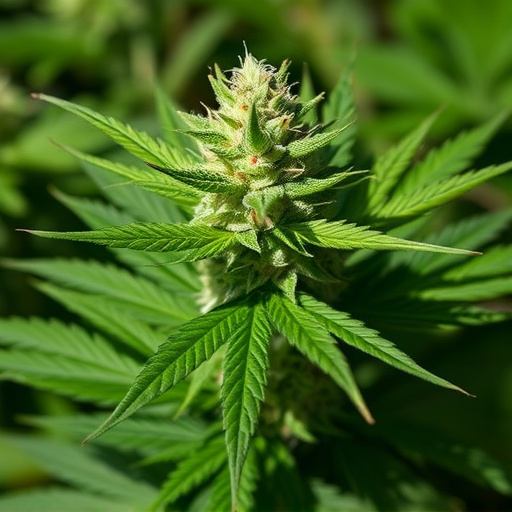
Cannabis metabolism varies from person to person, influenced by factors like weight, height, age, gender, and overall health. This variability makes determining an exact timeline for cannabis elimination challenging. However, understanding detoxification methods can offer insights into how long different strains might stay detectable.
For those seeking to detox from cannabis, several methods are available. Urine testing is a common practice, with THC (the primary psychoactive compound) typically detectable for 3-15 days after consumption, varying based on frequency and strain potency. More advanced methods like blood tests can detect THC for up to 30 days or more, particularly with frequent use of high-potency strains, often considered the most potent cannabis strains. This is because heavier users tend to have higher THC levels in their system due to regular intake. Detoxification strategies involve hydration, a balanced diet, regular exercise, and specialized supplements designed to support liver function, as the liver metabolizes THC.
In understanding how long cannabis flowers stay in your system, knowing both its metabolism and the varying factors that influence detection time is crucial. Research suggests that elimination can range from a few days to several weeks depending on frequency of use, strain potency (including most potent cannabis strains), and individual metabolisms. Implementing detoxification methods like staying hydrated, maintaining a balanced diet, and consistent exercise can aid in expediting the process. Always remember, responsible cannabis use and understanding its effects are key to navigating cannabis’ impact on your system.


